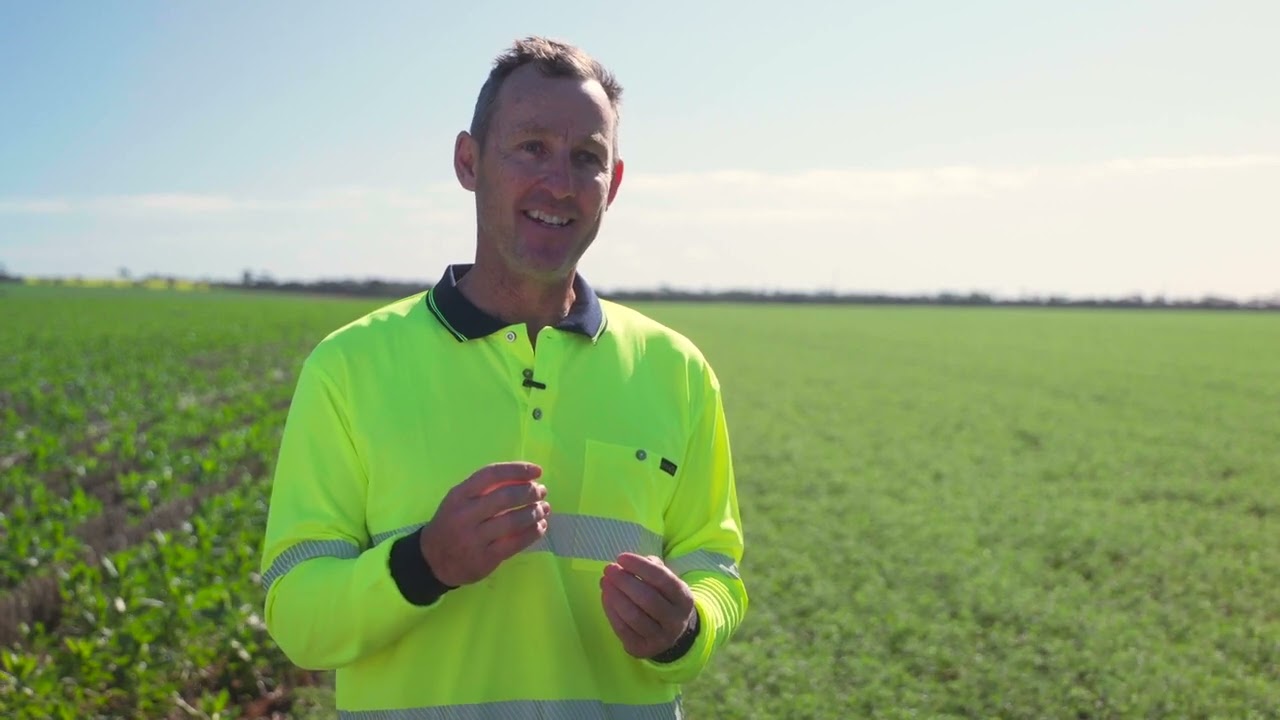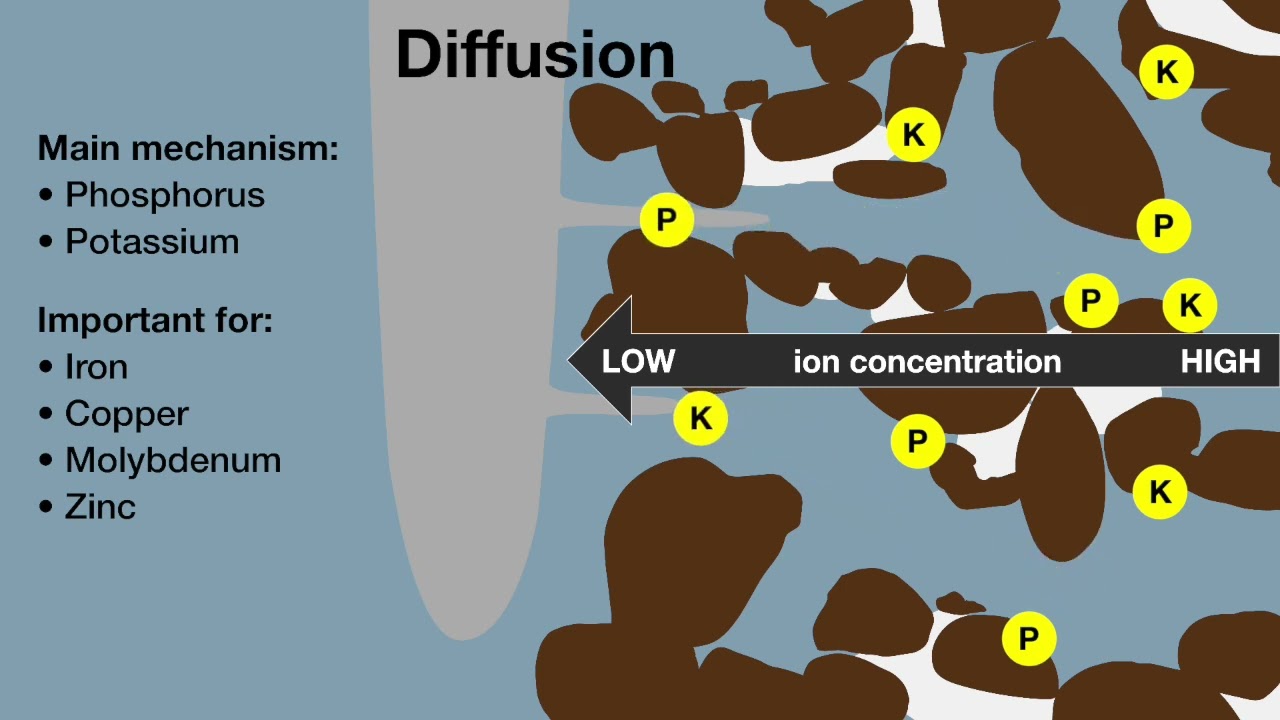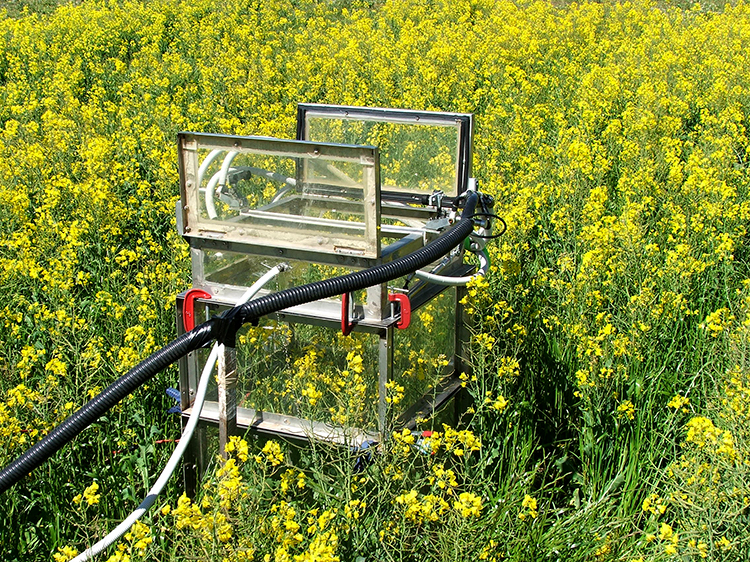Date
2015/01/18
DOI
https://doi.org/10.1071/CP14190
Open access
No
Organisations
Murdoch University
Department of Primary Industries and Regional Development
Authors
Qifu Ma
Richard Bell
Craig Scanlan
Gavin Sarre
Ross Brennan
Abstract
This study assessed whether more potassium (K) was required for optimal growth and grain yield of cereal crops under drought and salinity than under non-stressed conditions. In 2011, three experiments on wheat (Triticum aestivum L.) with four K rates (0, 20, 40, 80 kg K/ha), four application times (0, 5, 10, 15 weeks after sowing, WAS) and two sources (KCl, K2SO4) were conducted in the central and southern grainbelts of Western Australia. The lack of plant response to K supply at the sites of Bolgart (36 mg K/kg at 0–30 cm) and Borden (25 mg K/kg at 0–30 cm), compared with significant gain in K uptake, dry matter and grain yield at Dowerin (29 mg K/kg at 0–30 cm), was not explained by differences in soil K levels. However, rain fell regularly through the growing season at Bolgart and Borden, whereas a dry spell occurred from stem elongation to grain development at Dowerin. The effectiveness of K application time followed the trend of 0, 5 > 10 > 15 WAS. In 2012, barley (Hordeum vulgare L.) was grown on a moderately saline (saturation extract electrical conductivity ~4 dS/m) and low K (20 mg K/kg) farm in the central grainbelt and treated with 0, 20, 40 and 120 kg K/ha. Applying K increased K uptake but decreased Na uptake, especially at 120 kg K/ha. Plant growth and grain yield increased with K supply, but the difference between the K rates was relatively small, indicating possible partial K substitution by Na. Higher than normal fertiliser K supply on low K soils would enhance the adaptation by cereals to water-limited environments, but K-fertiliser management on moderately saline soils may need to account for both K and Na uptake and use by the crops.








